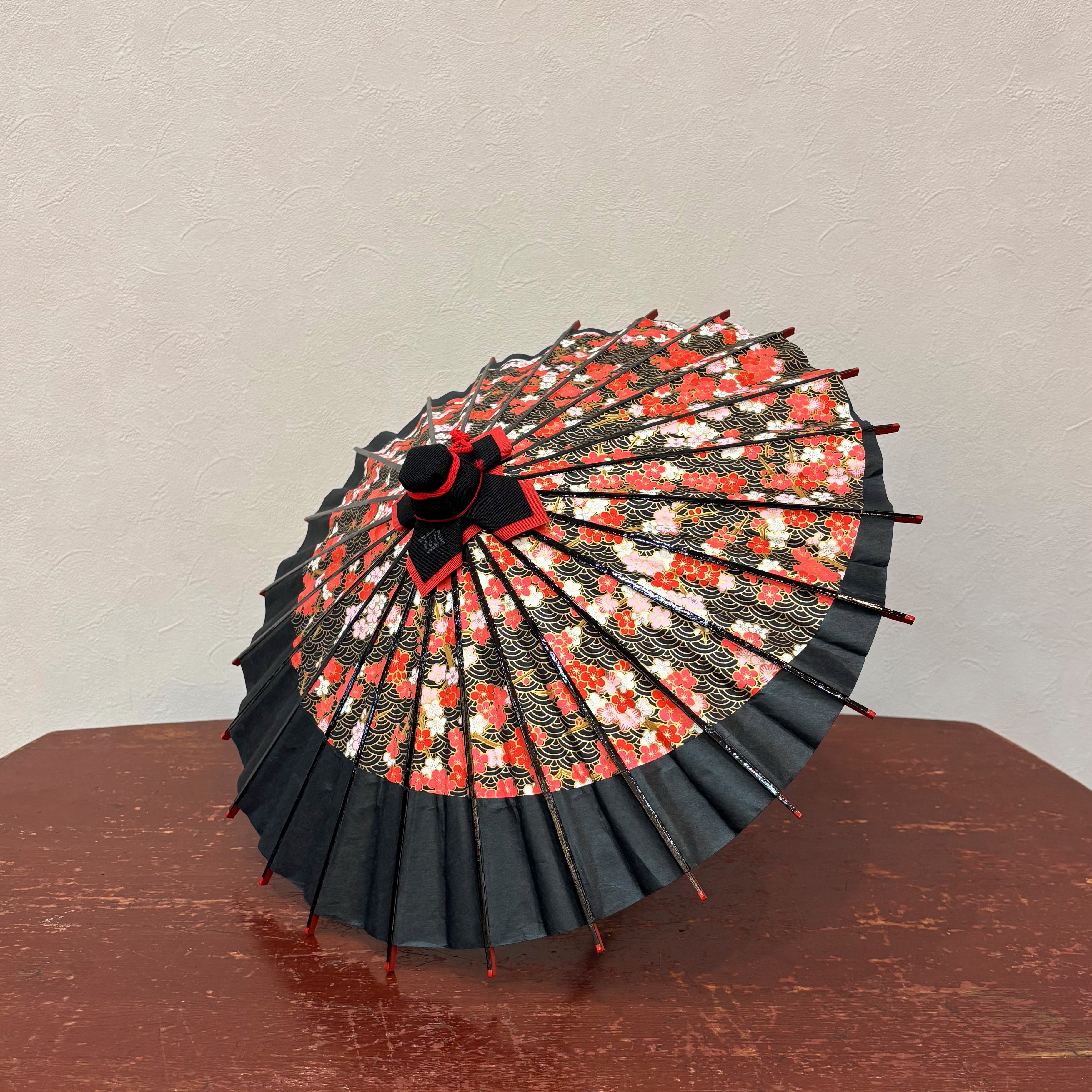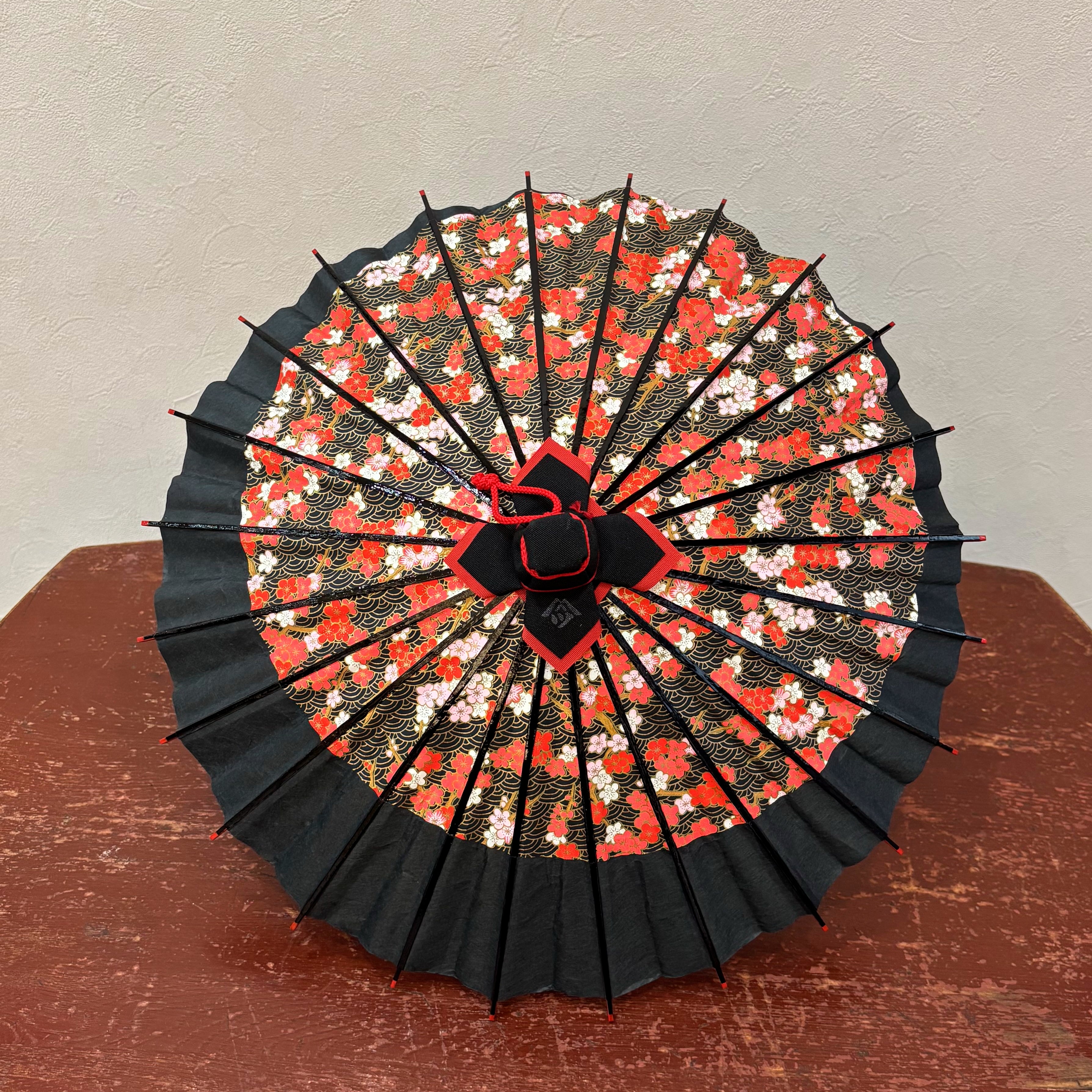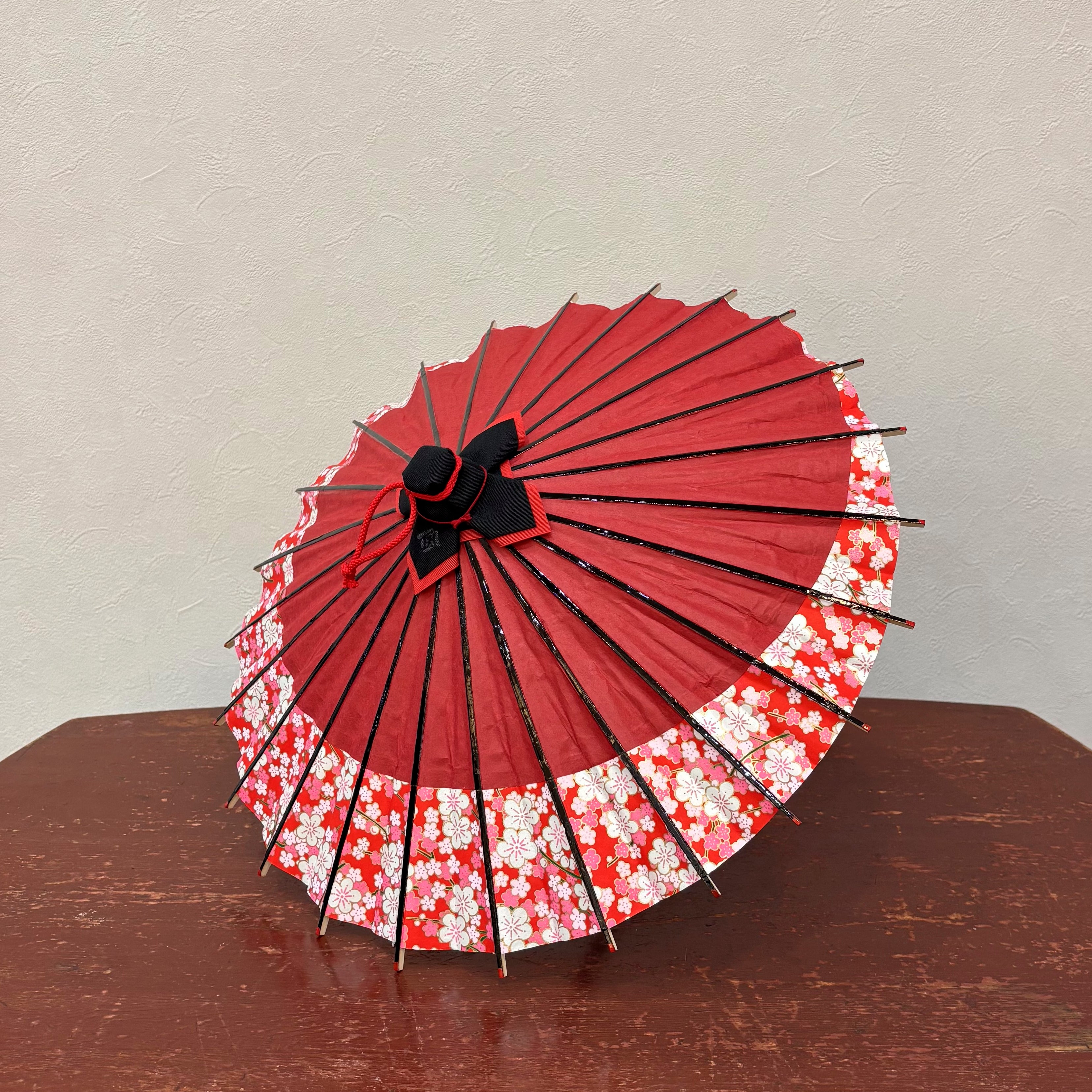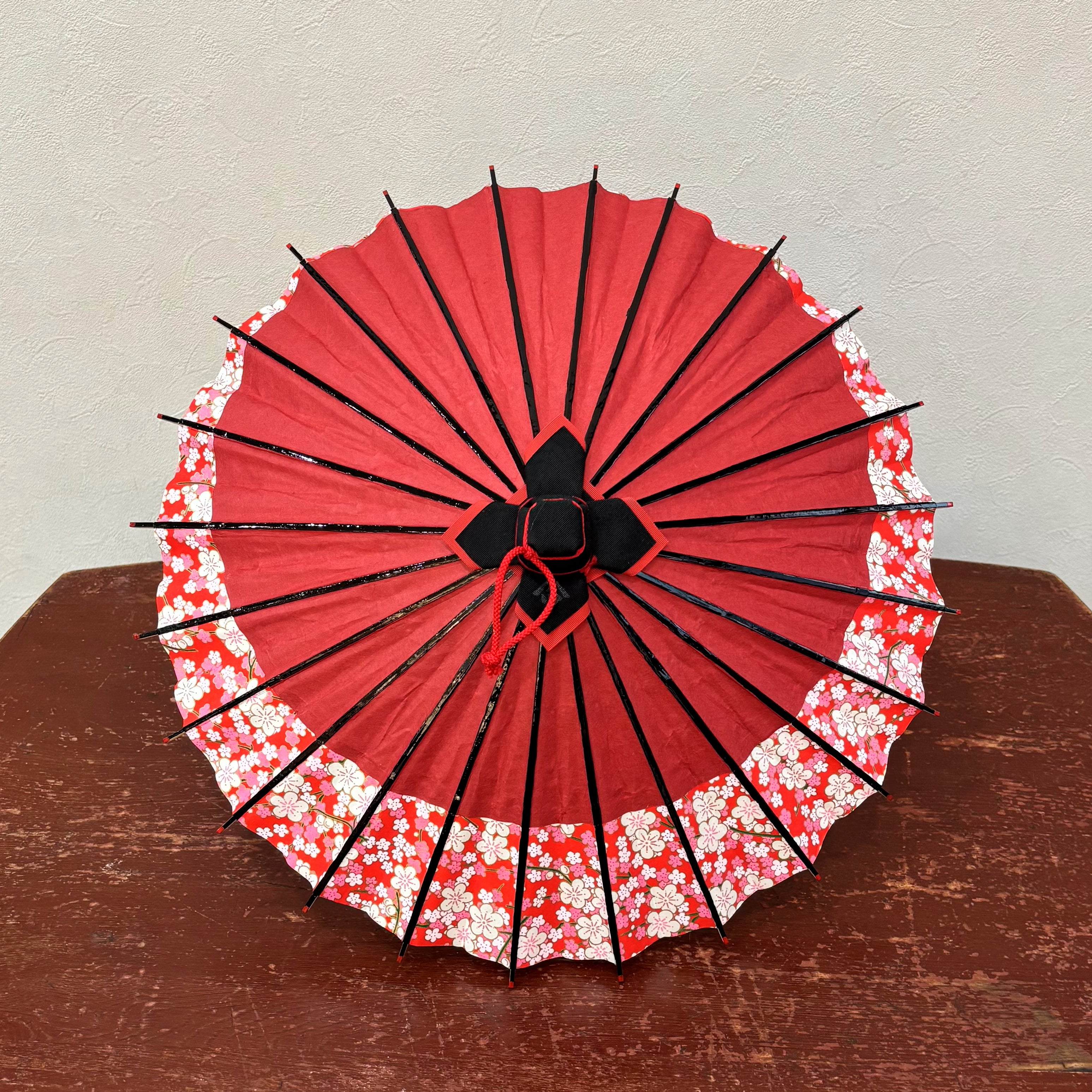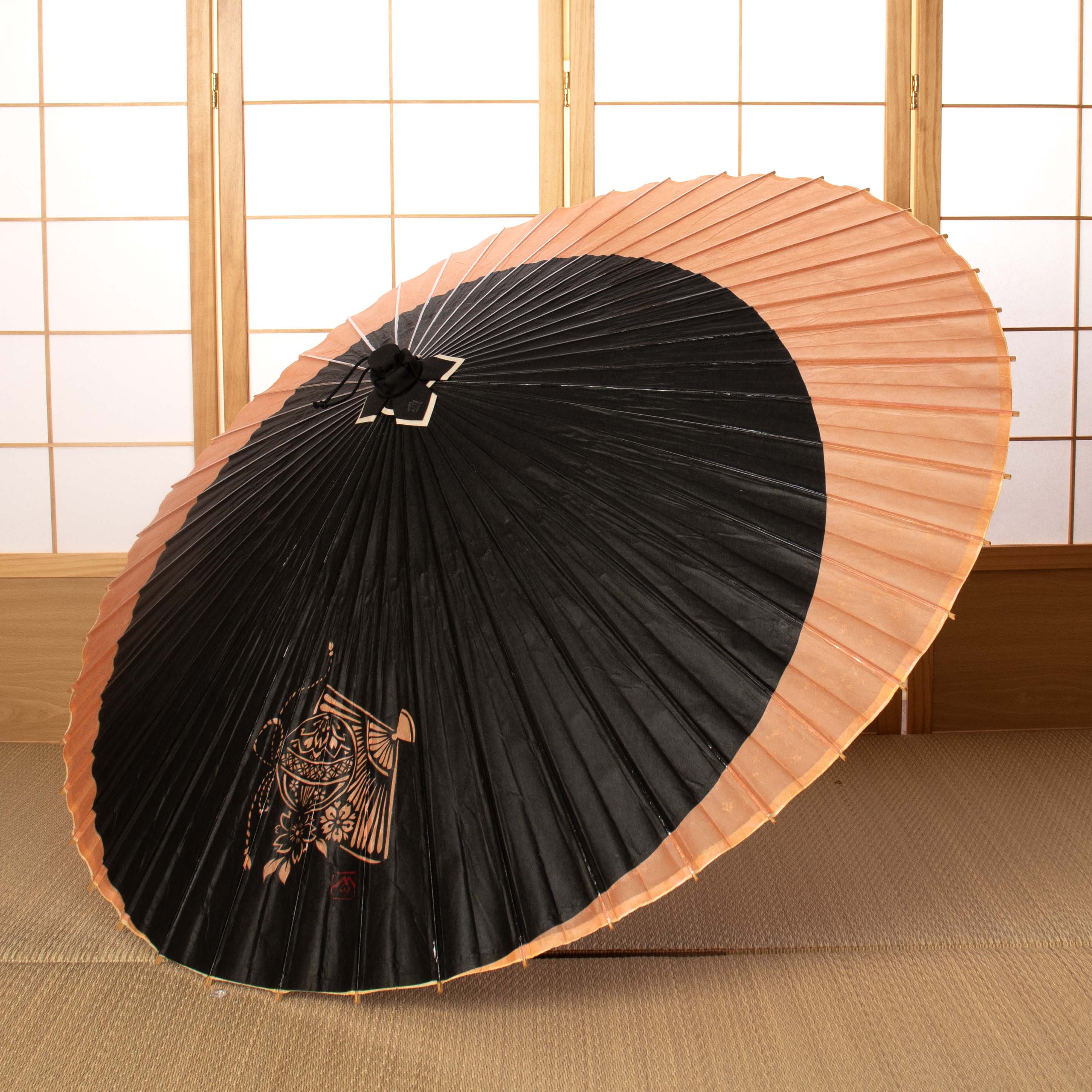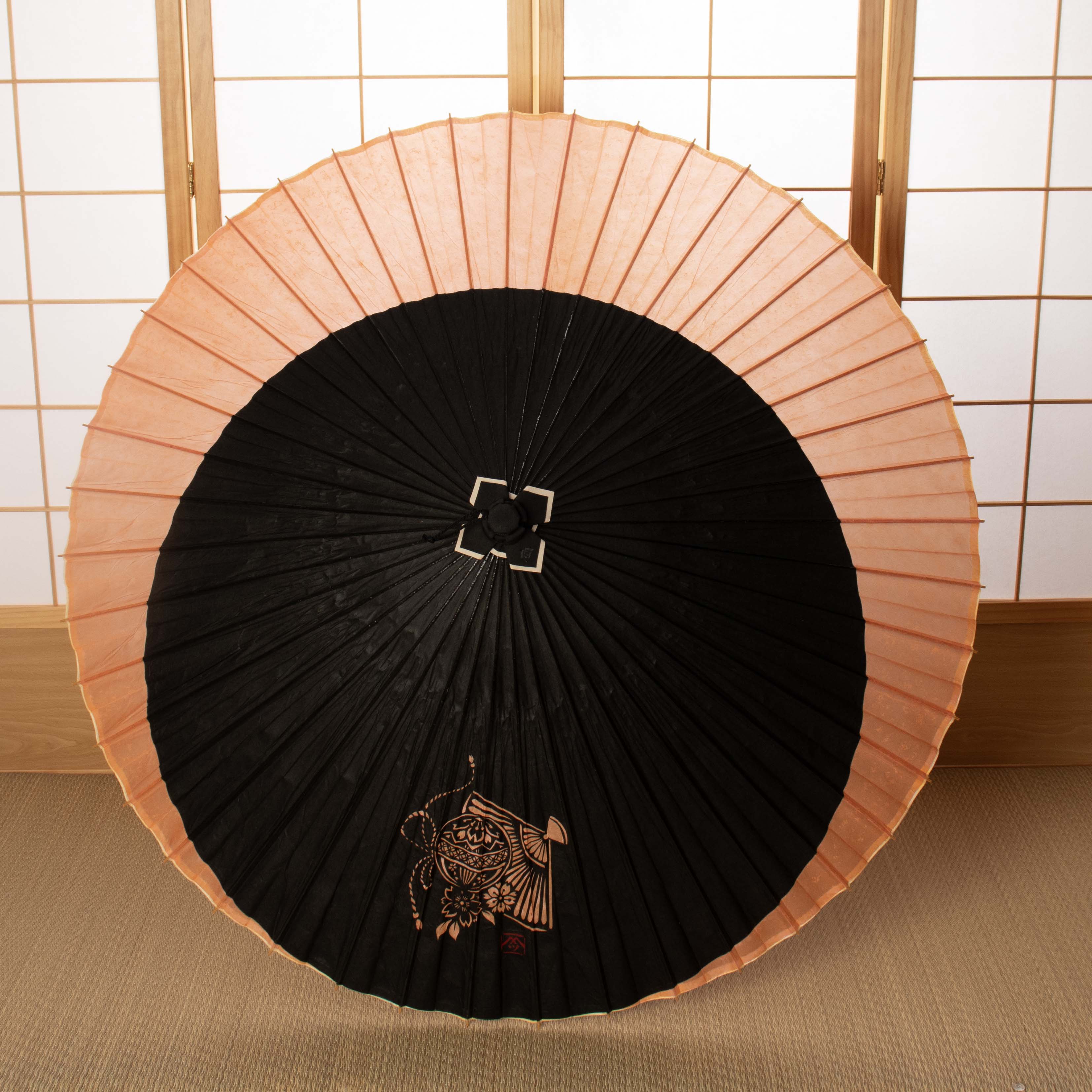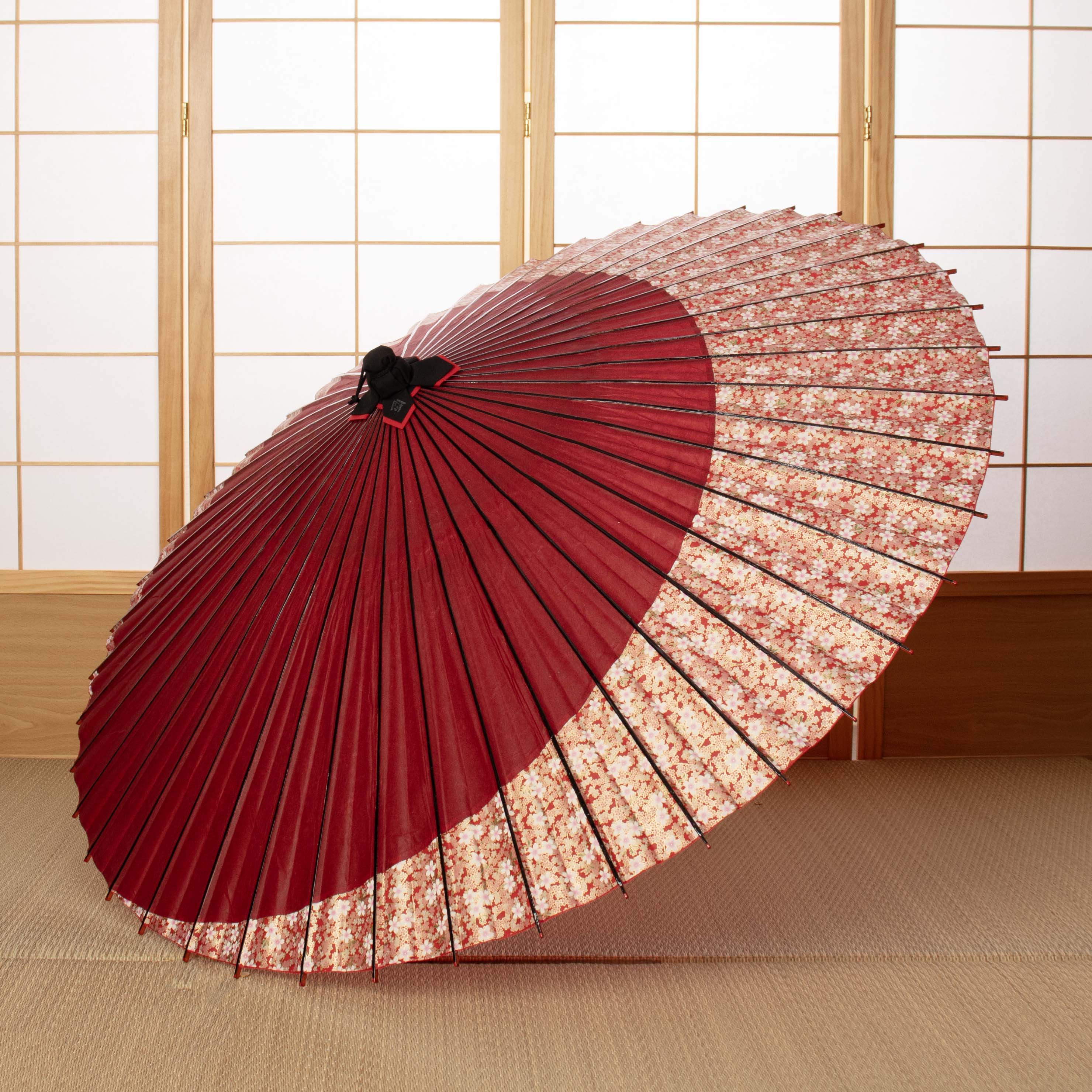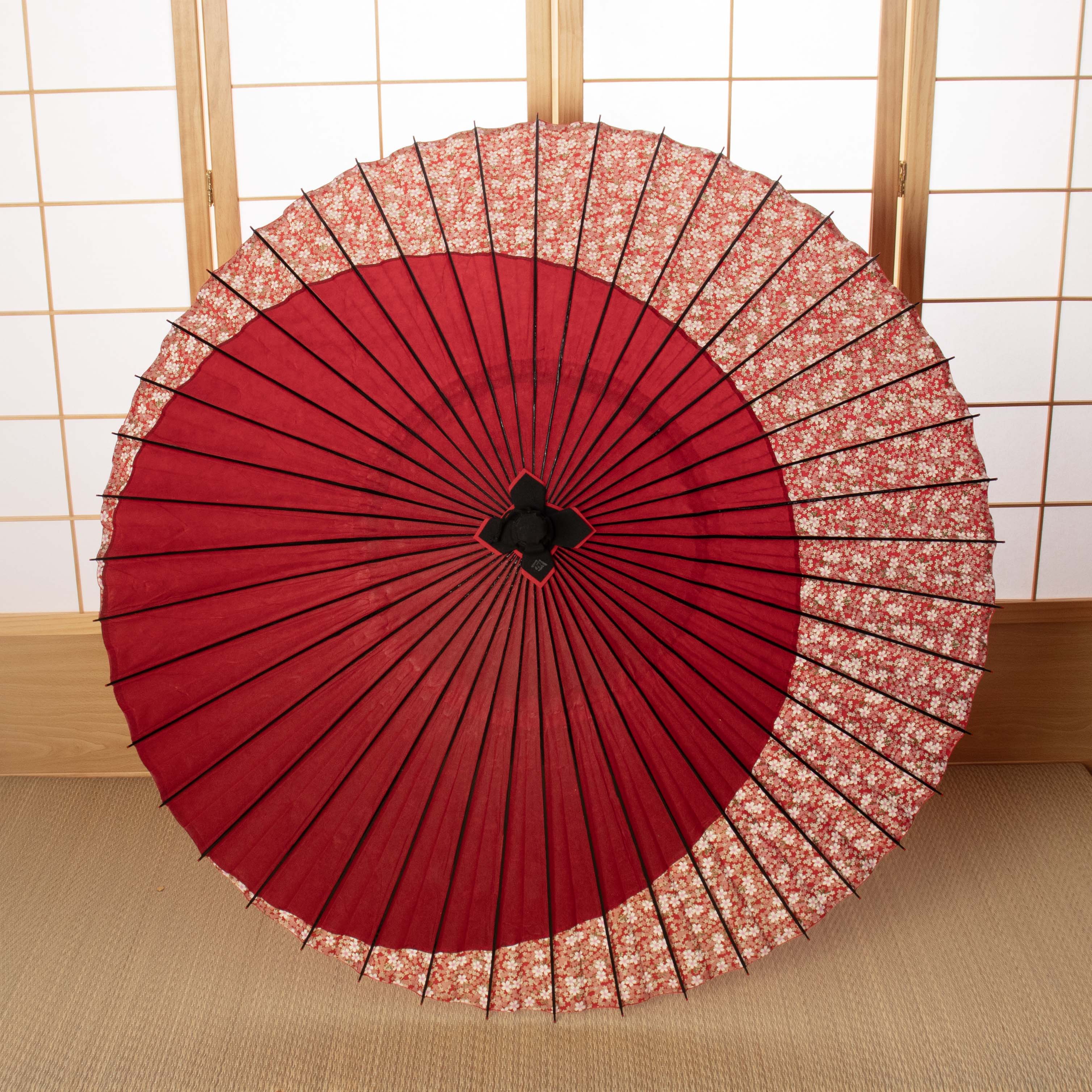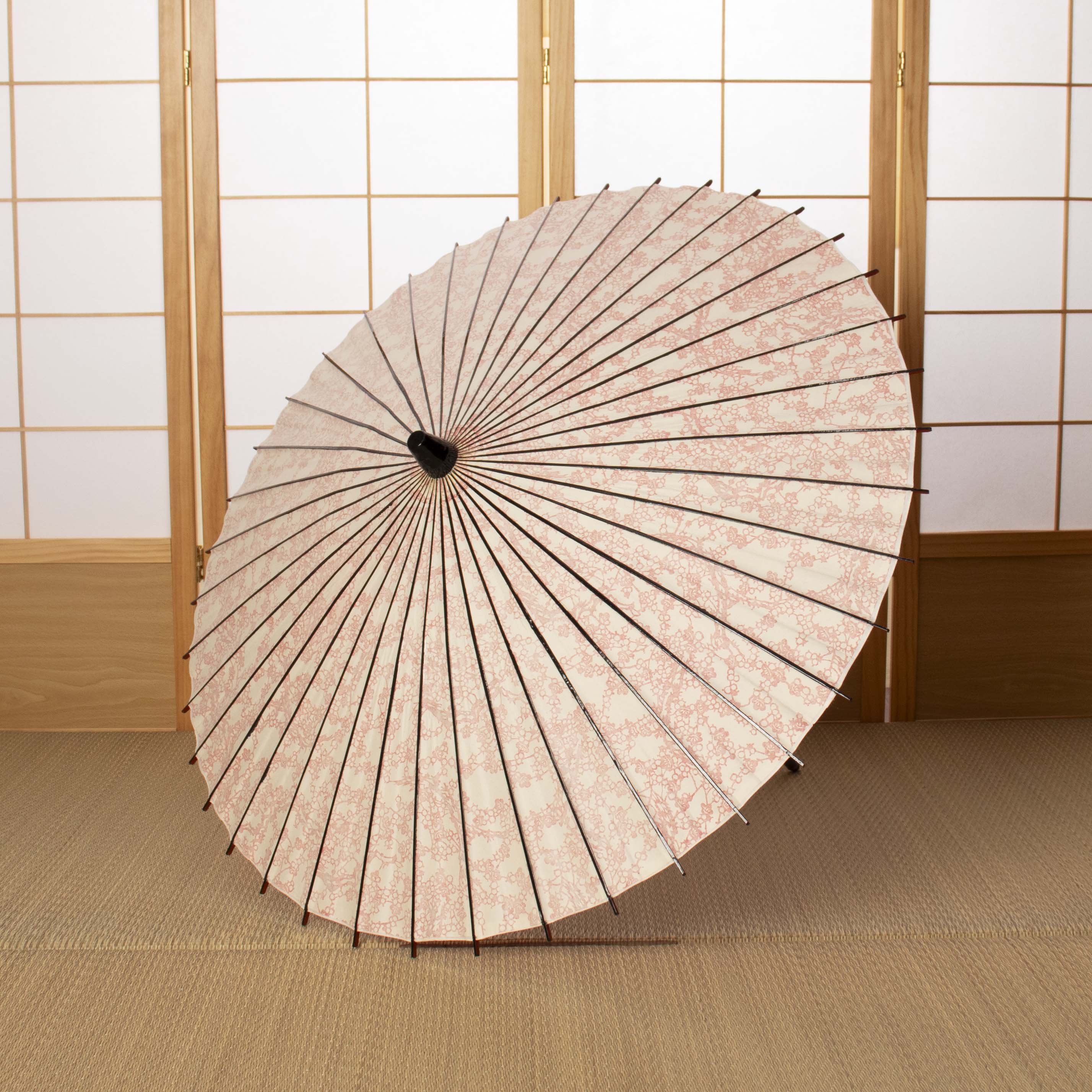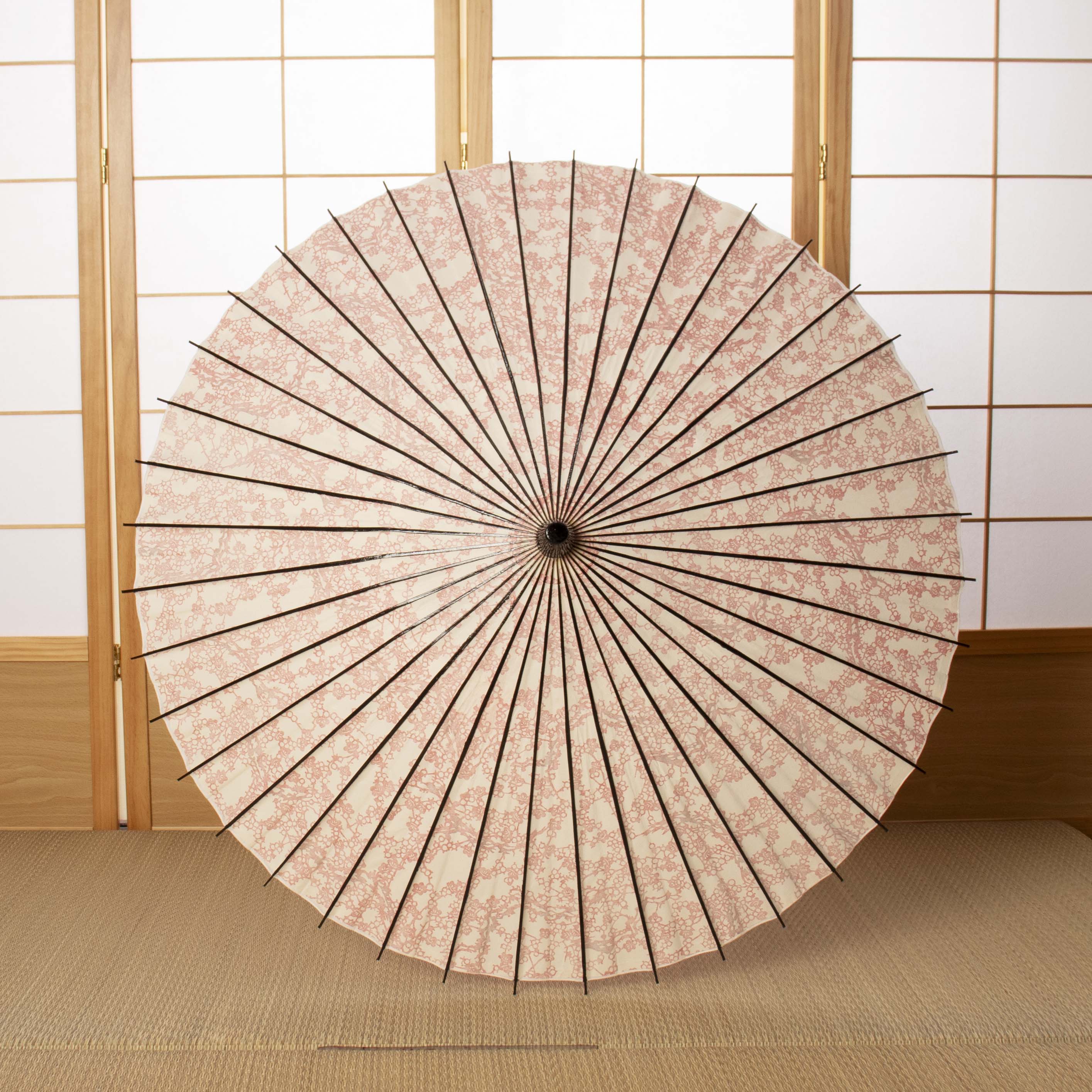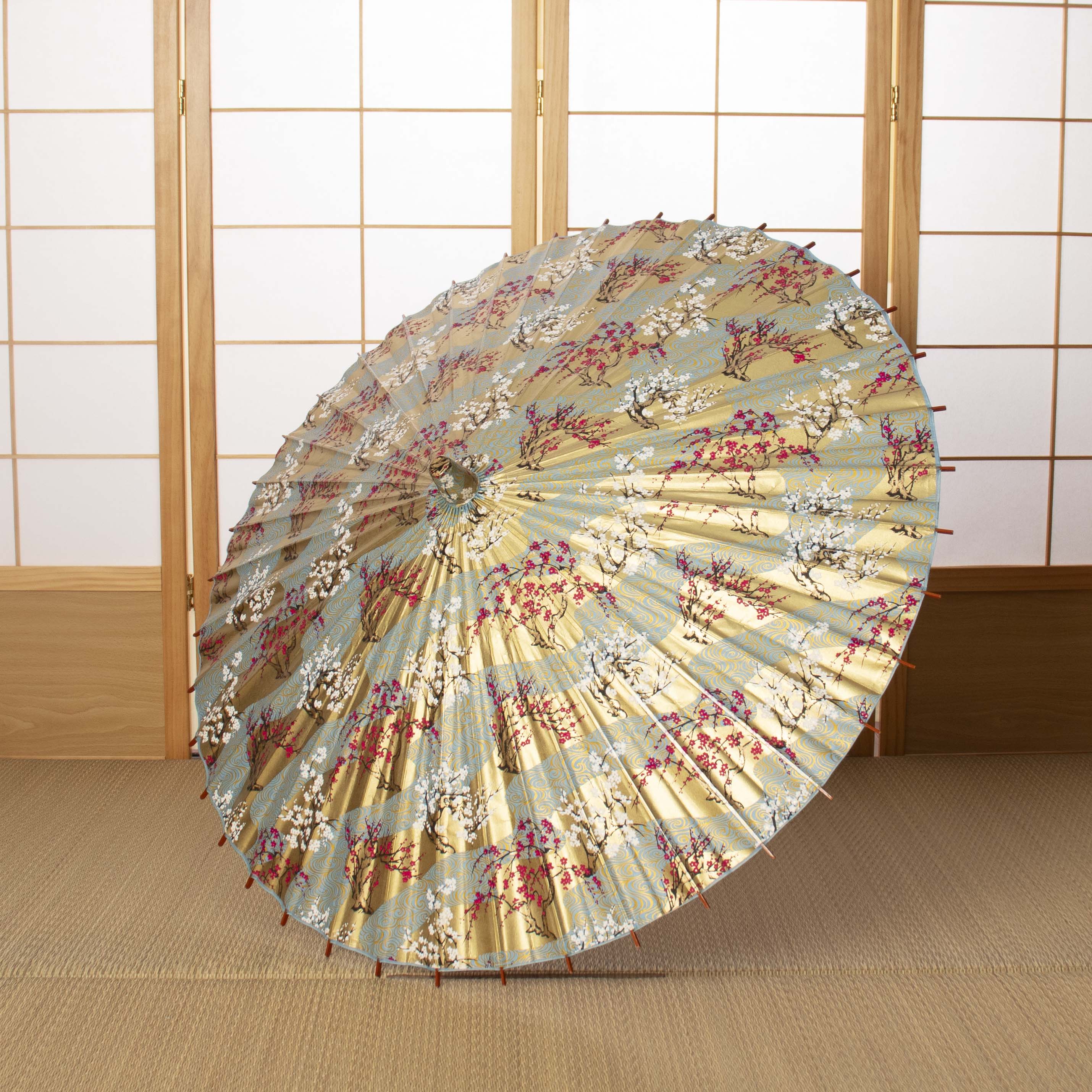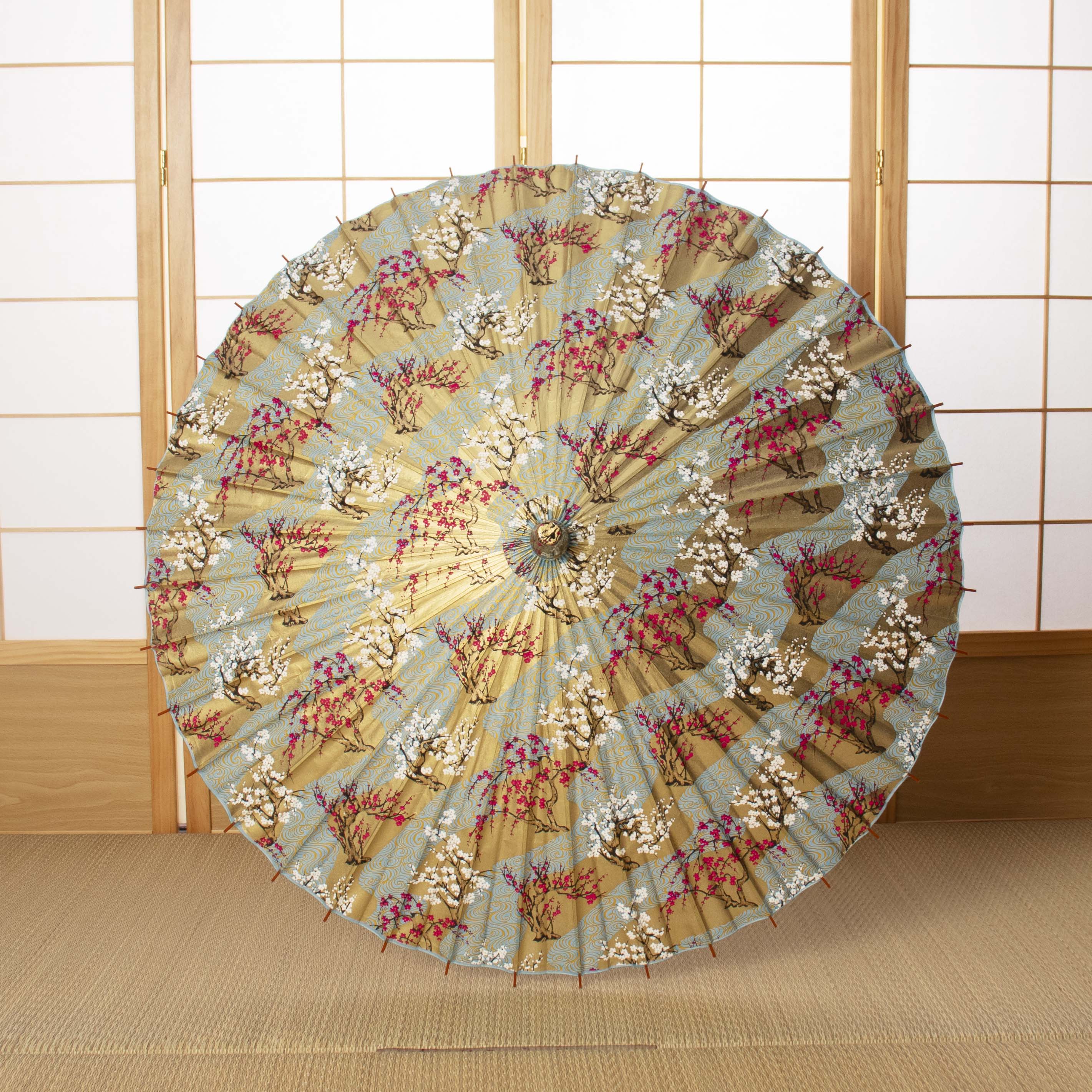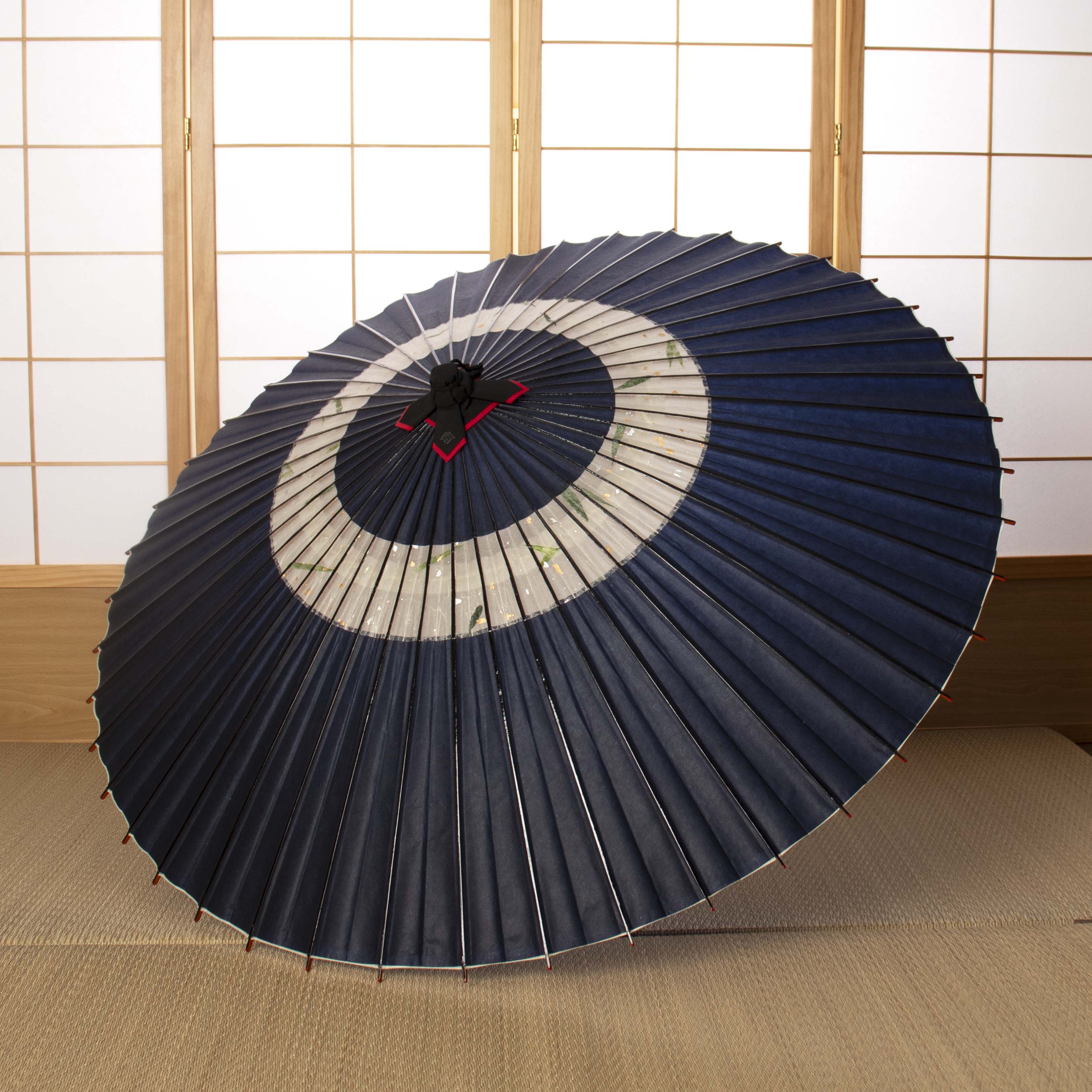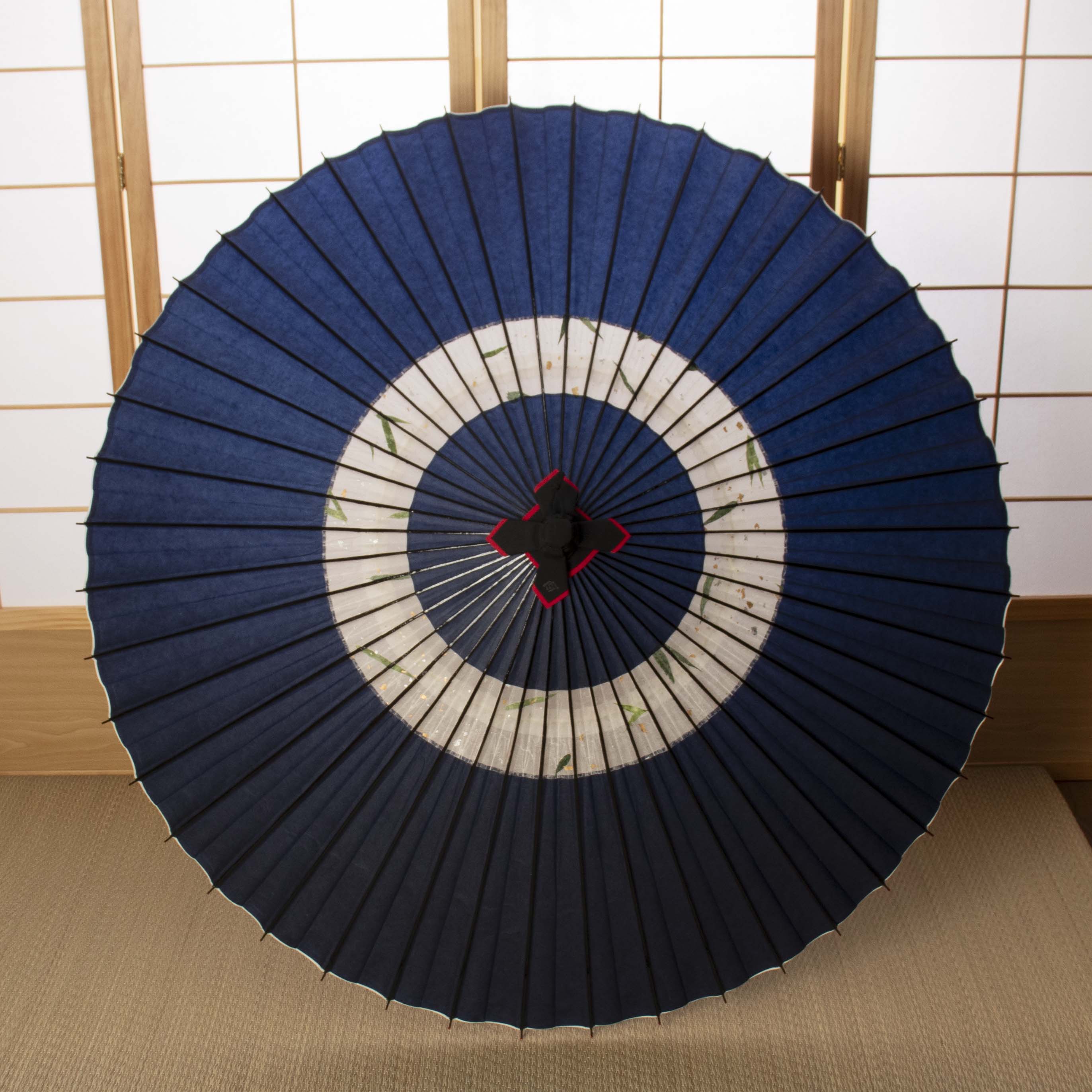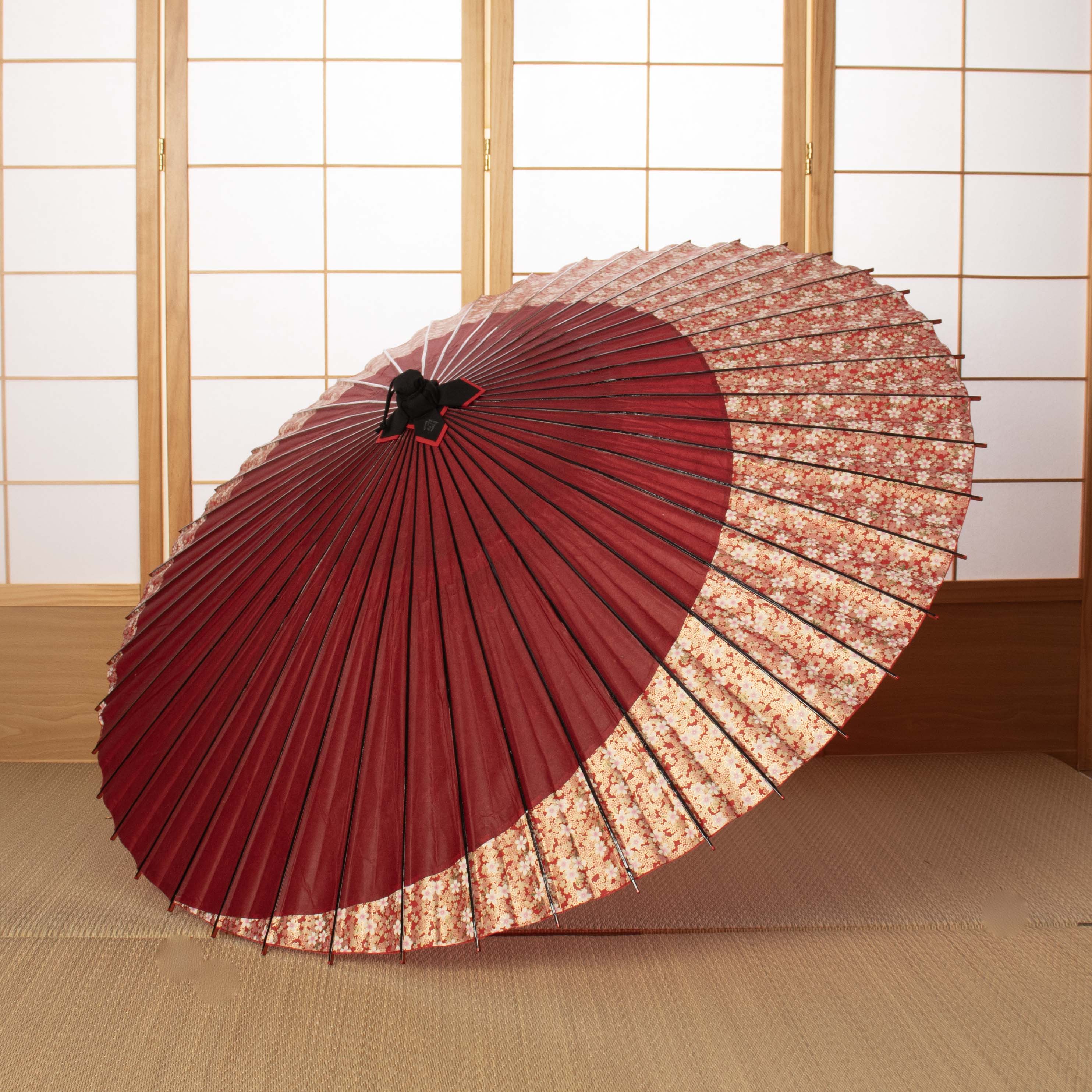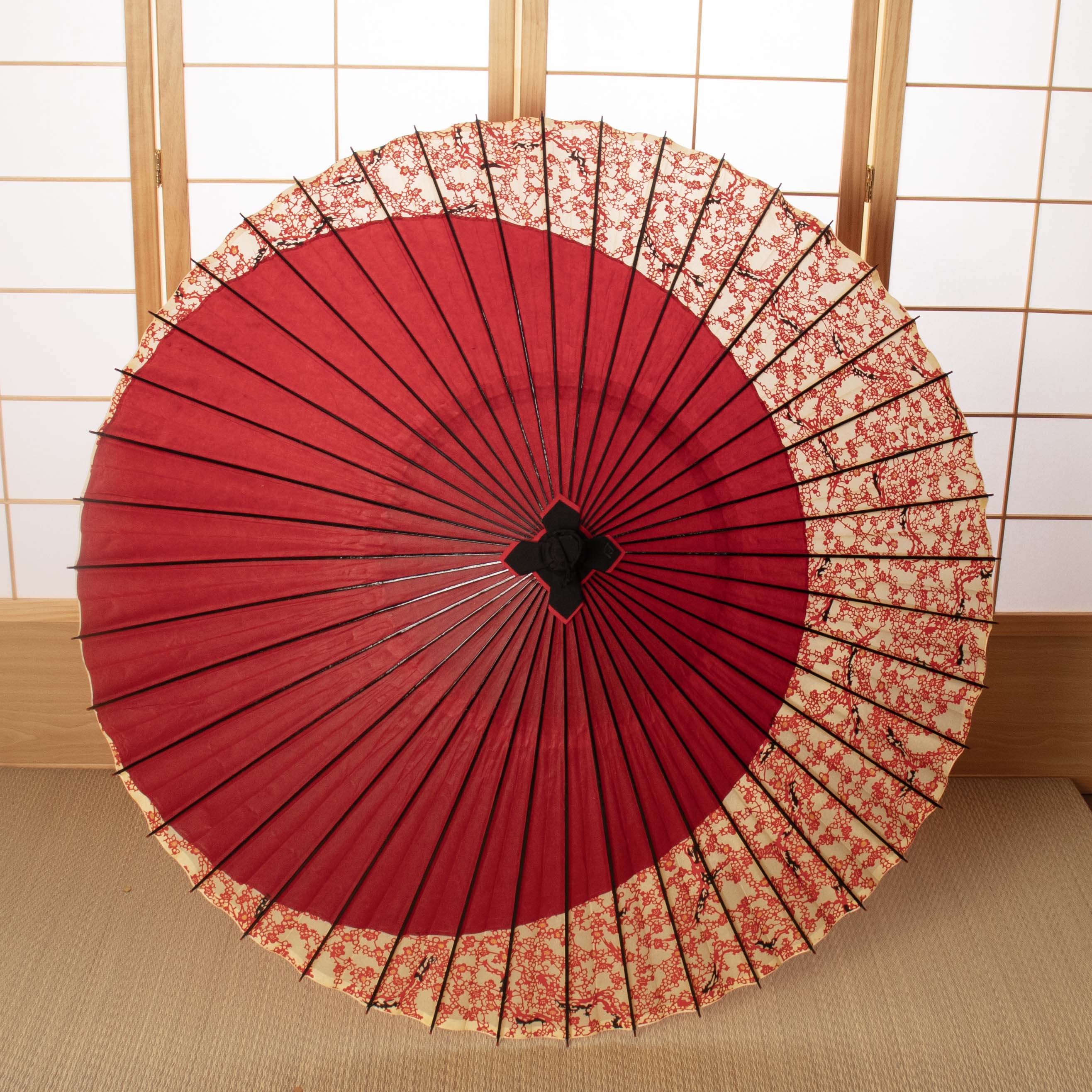Seasonal Thoughts - Cherry Blossoms and Flower Viewing
 For Japanese people, cherry blossoms are a special flower.
For Japanese people, cherry blossoms are a special flower.Cherry blossom viewing under the full-bloomed cherry blossoms is a spring event that people have looked forward to since ancient times.
Japanese people and cherry blossoms have been deeply connected to their lives since ancient times.
Cherry trees are believed to be the home of the rice field god, who comes down from the mountains in spring. People planted cherry trees near rice fields and farms and used the flowering period as a signal to sow rice seeds. The way the cherry blossoms bloomed was also used to predict the year's harvest.
The original purpose of cherry blossom viewing was to welcome the god of the fields under the cherry trees, pray for a good harvest, and treat people to food and sake and share in the fun.


During the Nara period, cherry blossom viewing was a way for aristocrats to admire plum blossoms, which were introduced from China.
During the Heian period, when the missions to Tang China were abolished, Emperor Kanmu moved the capital to Heian-kyo and planted a plum tree in the Shishinden Hall. This was then replaced with a cherry tree by Emperor Ninmyo, and cherry blossoms became popular among the aristocrats.
The "Hana-en no Setsu" flower viewing event held by Emperor Saga at Shinsen-en Garden is the earliest known cherry blossom viewing event to appear in written records, and thereafter it became a regular event at the Imperial Court.
During the Kamakura and Nara periods, it spread to the samurai class as well, and Toyotomi Hideyoshi hosted lavish and magnificent banquets such as the "Yoshino Cherry Blossom Viewing" and "Daigo Cherry Blossom Viewing."
During the Edo period, famous cherry blossom viewing spots were created all over Edo for the common people to enjoy, and cherry blossom viewing became popular among the common people as a spring outing.
At the cherry blossom viewing parties held there, anyone, regardless of social status, was allowed to participate in these events, and the common people of Edo looked forward to these viewing parties and developed a deep attachment to cherry blossoms.


Somei-Yoshino was born as a result of selective breeding from the end of the Edo period through the Meiji period.
While traditional wild cherry blossoms have white petals and the flowers and leaves appear at the same time, Somei-Yoshino cherry blossoms have slightly pink flowers that open first and then fall all at once, creating a truly gorgeous sight.
As Somei-Yoshino cherry trees were planted all over the country, the beauty of cherry blossoms spread throughout the country.
Hanami dango are said to be better than flowers, and the white represents the color of snow and a vestige of winter, the pink represents cherry blossoms and spring, and the green represents mugwort, giving a sense of the arrival of early summer.
The long winter is finally over, and the cherry blossoms are in full bloom, signaling the arrival of spring.
After the splendor of full bloom, the short-lived cherry blossoms are said to fall like "flower storm," and the graceful way in which they fall, which is considered to be the most beautiful thing, resonates with the hearts of Japanese people.
Featured collection
おすすめの和傘紹介
Janome (Slender umbrella)
